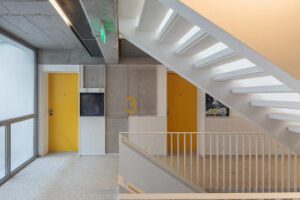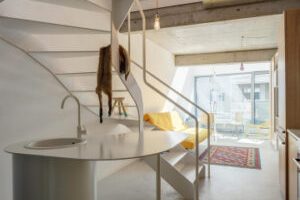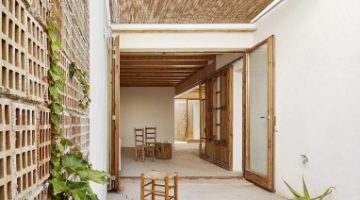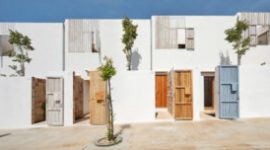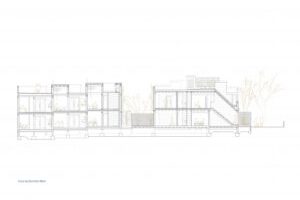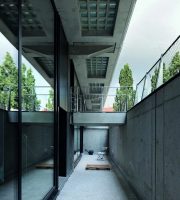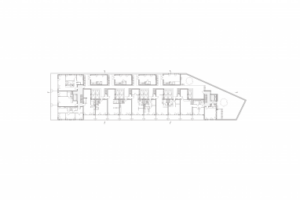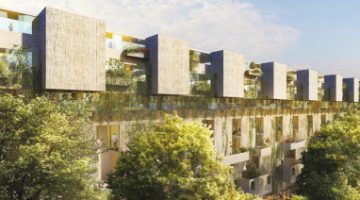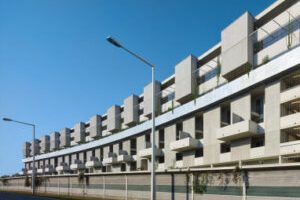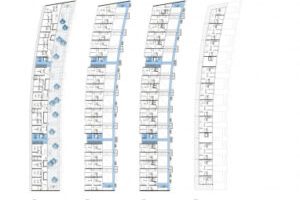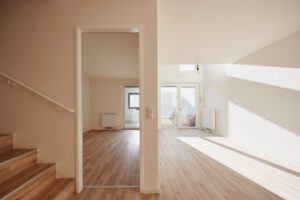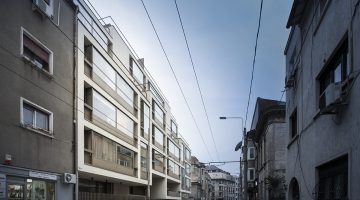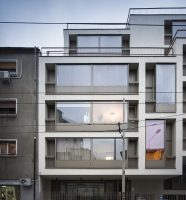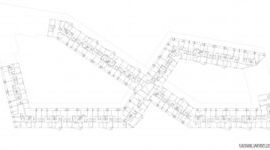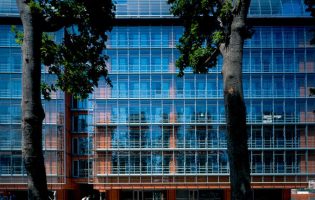
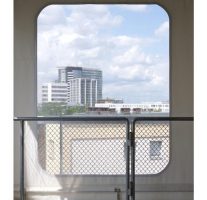
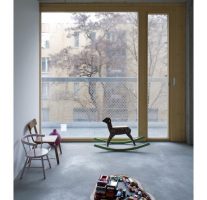
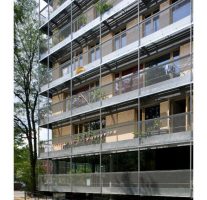
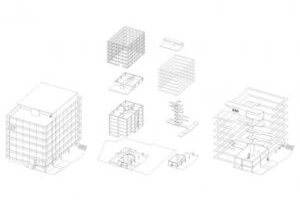
R50 Cohousing
Main objectives of the project
R50 - cohousing in Berlin-Kreuzberg is a joint building venture project with 19 apartments and shared spaces. The concrete structure and modular timber facade were specifically designed for this building, allowing a direct dialogue between architecture and use. The compact and efficient design process involved extensive participation and led to agreements on shared spaces, including an urban garden, access ramp, laundry, workshop, and roof terrace. The building offers low-cost and adaptable housing with a sustainable approach to urban living, integrating into the existing fabric.
Date
- 2013: Construction
Stakeholders
- Architect: ifau
- Architect: Jesko Fezer
- Architect: HEIDE & VON BECKERATH
Location
City: Berlin
Country/Region: Berlin, Germany
Description
R50 - cohousing is a joint building venture project in Berlin-Kreuzberg. It was initiated by the architects during the course of a concept-based award procedure for building plots and implemented in close cooperation with the clients. The building proposal is founded on a clear urban design position, robust and precisely detailed architectural design, and both a collective and individual process of occupancy.
The detached building is surrounded by various housing concepts characteristic of Berlin’s post-war period. It has six full storeys, a basement and an attic. It comprises three blocks with 19 individual apartments, one studio and various shared spaces. Underneath is a double-height, flexible community space which connects the building’s main access with the public street space. It is made available for neighbourhood groups and other public uses. The reinforced concrete structure was designed to minimum requirements. Combined with the reduced and partly exposed infrastructure, the modular timber facade with fixed and flexible, outward opening glazed door elements was specifically developed for this building. This combined with the all-around balconies on each level allows a direct dialogue between the building’s architecture and its use.
Meeting the owners’ aspiration for collective and affordable living and working, the architectural concept is based on a compact and efficient structure with carefully detailed connections on different scales. It is based on a concrete skeleton with one access and two service cores, an independent timber facade and a suspended steel construction for the all-around balconies. A slightly sunken basement level provides access to the building and merges private and public spaces. Each apartment and all additional community spaces were developed by an intensive process of consultations, discussions and design. Based on the structural framework the sizes of apartments could be determined and individual requirements accommodated in the floor plans. In parallel to this process, a common standard for fixtures and fittings was developed and defined, which has resulted in a collective approach to interior fittings, the use of materials and some surfaces left unfinished, whilst allowing individual layouts of the apartments.
This kind of structured yet open design process has not only allowed for extensive participation, self-directed design and self-building, but has also led to mutual agreement on the type, location, size and design of spaces shared by residents. This includes the generous urban garden, which naturally blends into the landscape of the surrounding 1960s residential neighbourhood, an access ramp leading to a covered area in front of the basement, a laundry, a workshop and a roof terrace with a summer kitchen and a winter garden. The all around balconies accompany the bright interior spaces and connect the apartments on each floor.
Plot 2,056 m2
GFA 2,780 m2
Net usable space 2,311 m2
Living space 2,158 m2
Community space 122 m2
All-around balconies 462 m2
Roof terrace 38 m2
R50 cohousing is a new model typology for low-cost and affordable housing offering a maximum capacity for adaptation and flexibility throughout its lifetime. Social, cultural, economic and ecological aspects have been considered equally to define a contemporary sustainable approach to urban living. The limit set by German Energy Saving Regulations (EnEV 2009) was reduced by 30%. Another essential aspect of sustainability is the building’s particular ability to integrate into the existing urban fabric.


